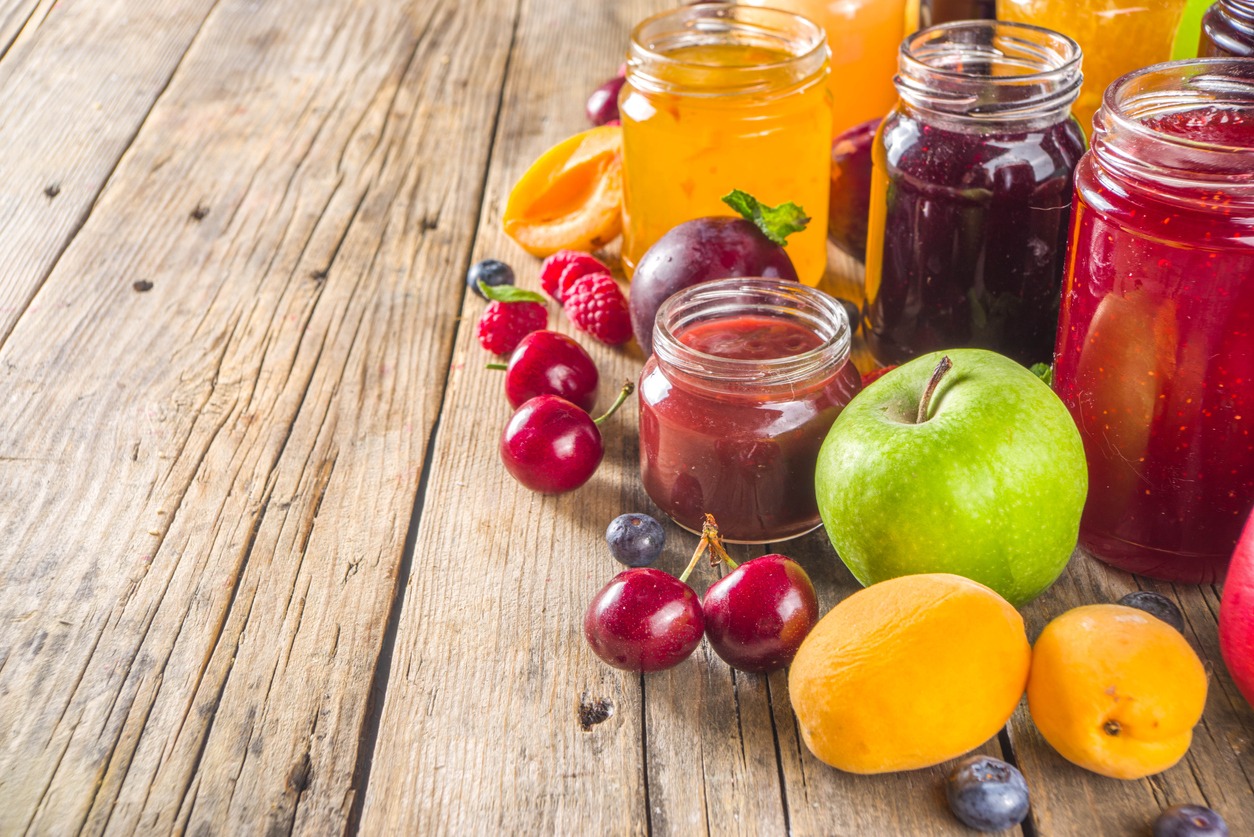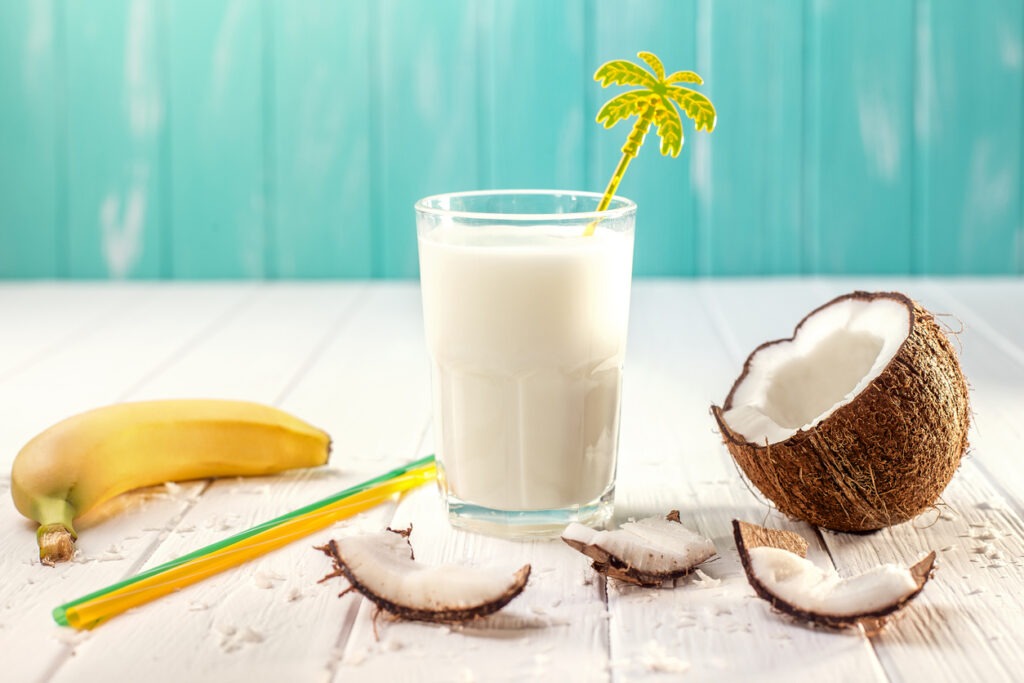Crafting fresh juice at home is a health-conscious choice that brings a myriad of benefits. Packed with essential vitamins, minerals, and antioxidants, homemade juice provides a delicious and nutritious way to support overall well-being. To ensure optimal freshness and flavor, it’s paramount to maintain and store the juice properly.
In this article we will guide you in proper storing, cleaning and troubleshooting for optimal life of your juicer equipment. By embracing these simple practices, you not only elevate the taste and nutritional value of your homemade juice but also make a sustainable investment in your health.
Homemade Tips for a Pristine Juicer
1. Seed and pit removal
To ensure the longevity of your juicer, it is crucial to remove seeds and pits before juicing. Seeds and pits can cause damage to the blades and internal components of the juicer, leading to decreased efficiency and potential breakdowns. By taking the time to deseed your fruits before juicing, you not only protect your appliance but also guarantee a smoother and more enjoyable juicing experience.
2. Stick to the right plunger
When it comes to using your juicer, stick to the tools provided. Using inappropriate plungers or utensils may seem like a shortcut, but it can lead to serious damage. The plunger that comes with your juicer is designed to work seamlessly with its components, ensuring a safe and effective juicing process. Avoid the temptation to improvise with other tools, as doing so may result in costly repairs or the need for a replacement juicer.
3. Immediate post-juicing cleanup
Don’t procrastinate when it comes to cleaning your juicer. Cleaning immediately after use is a crucial step in preventing the buildup of bacteria and preserving the freshness of your appliance. Lingering juice residue can harden and become difficult to remove, making the cleaning process more challenging. By establishing a habit of cleaning your juicer promptly after each use, you not only save time but also contribute to the overall hygiene and performance of your appliance.
4. Mindful pulp disposal
The process of cleaning your juicer extends to the disposal of pulp. Dumping pulp and scraping out residue should be an integral part of your cleaning routine. Neglecting this step can lead to clogs and a decline in juicing efficiency. By taking the time to dispose of pulp properly, you prevent potential issues and maintain the smooth operation of your juicer. Consider incorporating the leftover pulp into compost for an eco-friendly solution to waste disposal.
5. Optimal juicing choices
To maximize the efficiency of your juicing space, it’s essential to avoid juicing ingredients with low liquid content. Ingredients like bananas and avocados may not yield much juice and can strain your juicer unnecessarily. Opt for high-water-content fruits and vegetables to make the most of your juicing efforts. This not only ensures a more productive juicing session but also prevents unnecessary wear and tear on your appliance, contributing to its longevity.
6. Wise juicer selection
Efficient juicing starts with choosing the right juicer for your needs. Consider the type of produce you’ll be juicing most frequently and select a juicer that caters to those requirements. Whether it’s a centrifugal juicer for hard fruits or a masticating juicer for leafy greens, matching your juicer to your specific needs enhances both the efficiency of your juicing process and the storage of your appliance. This thoughtful selection not only optimizes performance but also streamlines your juicing space.
7. Organized cleaning tools
Organizing your cleaning tools is a key aspect of maintaining an efficient juicing space. Keep all your cleaning tools in one designated area for easy access. This includes brushes, scrubbers, and any specialized tools recommended by the manufacturer. Having a well-organized cleaning station not only saves time but also ensures that you can easily maintain your juicer after each use. By creating a designated space for your cleaning tools, you contribute to the overall efficiency and convenience of your juicing routine.
8. Storing juicer properly
Store disassembled pieces in a well-ventilated area to prevent moisture buildup, utilizing the original packaging or a designated container to shield against dust and potential damage. Additionally, store the juicer in a cool, dry place away from direct sunlight to preserve its motor and plastic components. Regular maintenance and proper storage not only enhance the lifespan of the equipment but also guarantee a hygienic and efficient juicing experience.
Guide to Properly Wash and Dry Juicing Equipment
The key to maintaining your juicer’s lifespan lies in meticulous cleaning. Residual pulp and juice can accumulate over time, becoming a breeding ground for bacteria and affecting the performance of your appliance. This simple practice not only extends the life of your juicer but also ensures that every sip of your freshly squeezed juice is as hygienic as it is delicious. Below are guide in properly washing and drying juicing equipment.
1. Rinse Immediately After Use
After crafting your delicious juice concoction, the first step to maintaining your juicing equipment is to give it a quick rinse immediately after use. Use warm water to help remove any remaining juice residue before it has a chance to dry and become stubborn. This simple yet effective step lays the foundation for a thorough cleaning later on.
2. Disassemble for a Detailed Clean
To ensure a comprehensive cleaning, disassemble your juicing equipment according to the manufacturer’s instructions. Pay close attention to removable parts such as blades, filters, and pulp containers. This allows you to access hard-to-reach areas that may harbor leftover pulp and juice.
3. Use Mild Detergent and a Soft Brush
When it’s time for a more in-depth cleaning, opt for a mild detergent and a soft brush. Avoid harsh chemicals that can leave behind residues and compromise the taste of your next batch of juice. Gently scrub each component, paying extra attention to crevices and corners.
4. Sanitize for Hygiene
To ensure your juicing equipment is not only clean but also hygienic, consider using a food-safe sanitizer. This step adds an extra layer of protection by eliminating any remaining bacteria or germs. Follow the manufacturer’s guidelines for proper dilution and application.
5. Thoroughly Dry Before Reassembly
After washing and sanitizing, it’s crucial to allow all parts to thoroughly dry before reassembling your juicing equipment. Use a clean, dry cloth to wipe away excess water, and air-dry smaller components to prevent the growth of mold and mildew.
6. Pay Attention to the Motor Base
While most cleaning efforts focus on removable parts, don’t forget about the motor base. Wipe it down with a damp cloth, being careful not to let any moisture seep into the electrical components. A clean motor base contributes to the overall hygiene of your juicing setup.
Quick-Fix Troubleshooting Guide:
1. Noisy Operation: The Rumble Dilemma
Ever been annoyed by your juicer or blender’s sudden symphony of noise? The culprit might be improper assembly. Check if all parts are securely fitted, and blades or augers are not loose. If the issue persists, it could be a sign of worn-out bearings or damaged motor components. In such cases, it’s advisable to consult the user manual for specific guidance or reach out to customer support.
2. Leakage Woes: The Drip Dilemma
A common headache for juicer and blender enthusiasts is unexpected leaks. First, inspect the gaskets and seals. Over time, they can wear out, causing liquids to seep through. If that’s not the issue, check for cracks or damage in the container or pitcher. Sometimes, tightening the blade assembly might resolve minor leaks. Remember, regular maintenance and timely replacement of worn-out parts can extend the lifespan of your appliance.
3. Inconsistent Performance: The Pulse Predicament
Are you facing uneven blending or juicing results? This may be due to unevenly cut fruits or vegetables. Ensure that your ingredients are uniformly chopped for optimal performance. If the problem persists, it might be time to inspect the blades. Dull blades can hinder efficiency, affecting the consistency of your blends. Sharpen or replace them as needed to restore your appliance’s peak performance.
4. Jamming Jitters: The Stuck Situation
Encountering jams in your juicer or blender? Before panicking, turn off the appliance and unplug it. Often, this happens when too much material is fed in too quickly. Check for any clogs, remove excess material, and restart the appliance. If the issue persists, consult the user manual for guidance on disassembly and cleaning. Regular maintenance can prevent future jams and keep your appliance running smoothly.
5. Overheating Headaches: The Hot Hassle
An overheating juicer or blender can be a sign of overuse or insufficient cooling. If you notice your appliance becoming unusually hot, give it a break and let it cool down. Check for obstructions that may be limiting airflow and causing overheating. Ensure that you are not exceeding the recommended usage time, as this can strain the motor. If the problem persists, it might be time to invest in a more robust appliance or consult the manufacturer for guidance.
Conclusion
Maintaining and optimizing the performance of your juicer involves simple yet impactful practices. From deseeding fruits for longevity to selecting the right juicer for efficient operation, proper cleaning habits, and organized storage, these measures ensure a smoother and more enjoyable juicing experience. Embracing optimal juicing choices and disposing of pulp mindfully contribute to both the appliance’s longevity and eco-friendly waste solutions. The ultimate benefit lies in a sustainable investment in health, as these practices not only elevate the taste and nutritional value of homemade juice but also contribute to the overall well-being of the user.






